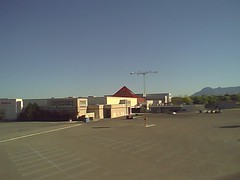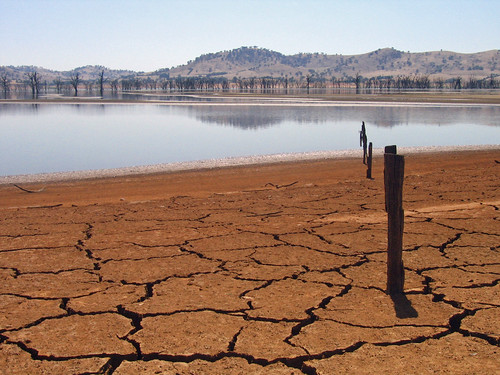My newspaper column today, an expansion of something I wrote several years ago, on what happens when you don’t have health insurance (sub. or ad or something req.):
Consider this, published by a team of U.S. health care researchers in 2004: “Lack of health insurance causes roughly 18,000 unnecessary deaths every year in the United States.”
That was five years ago. The quiet tragedy associated with a lack of health insurance has continued, the numbers growing in the half-decade since a team from the Institute of Medicine, our leading national health care think tank, published that statistic.
Perhaps 18,000 is too abstract to get your head around. To make this more concrete, let me introduce you to Virginia Heineman.
Severely asthmatic, chronically ill, and as a result chronically underemployed, Virginia — “Ginnie” to those of us who loved her — lived on society’s margins.
She was my wife Lissa’s beloved younger sister. She was one of 2002’s 18,000 unnecessary deaths.





